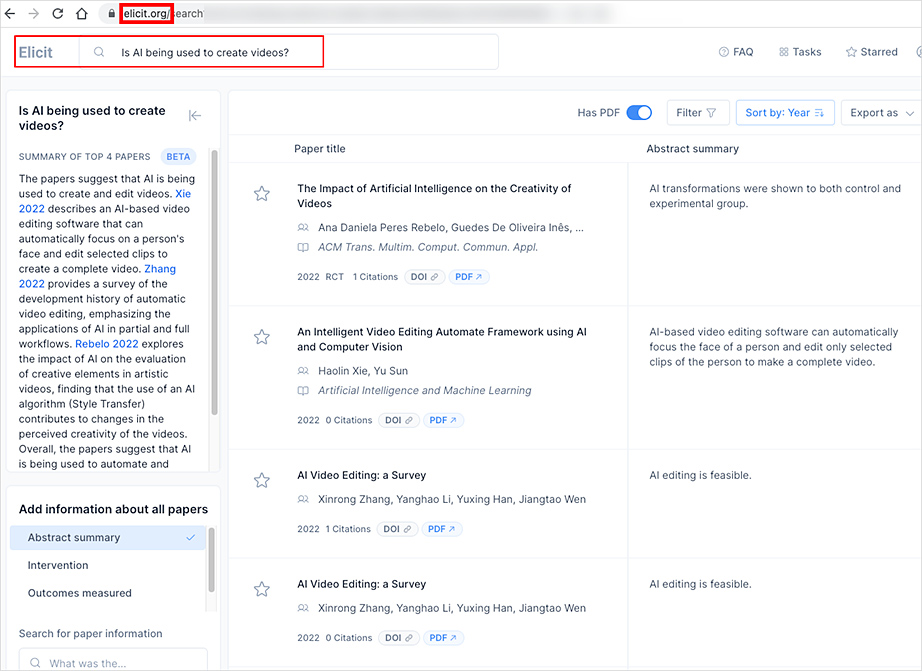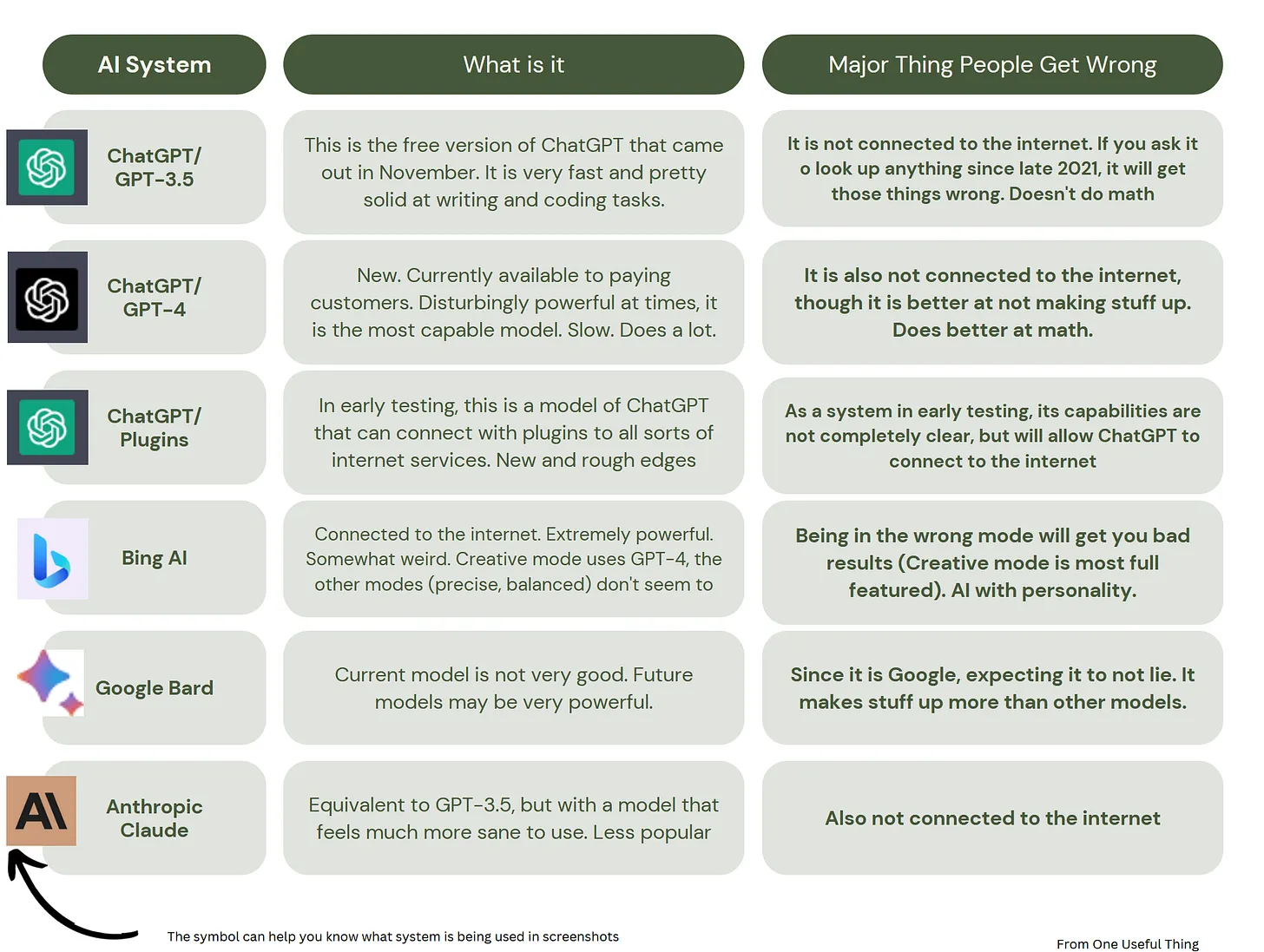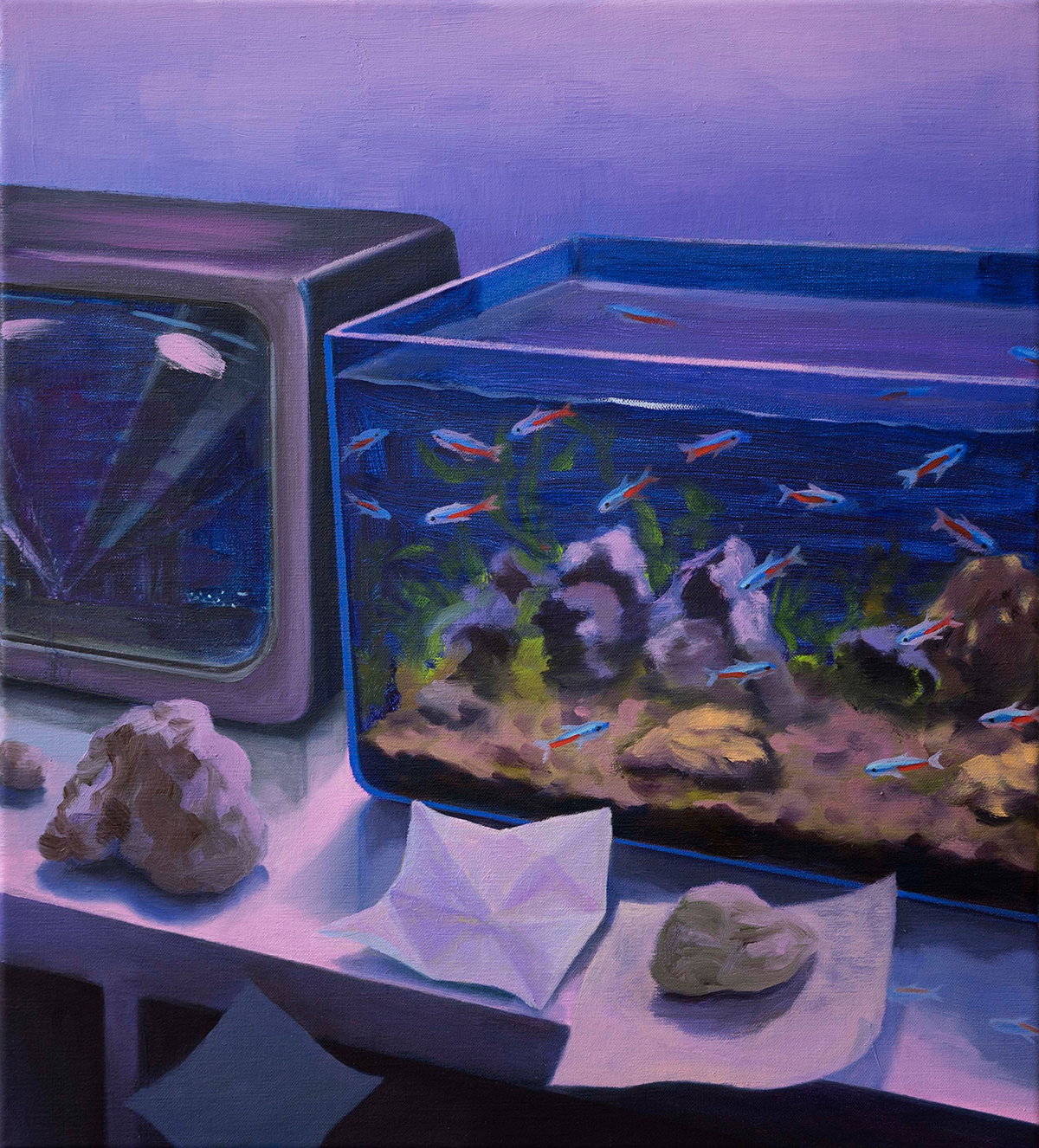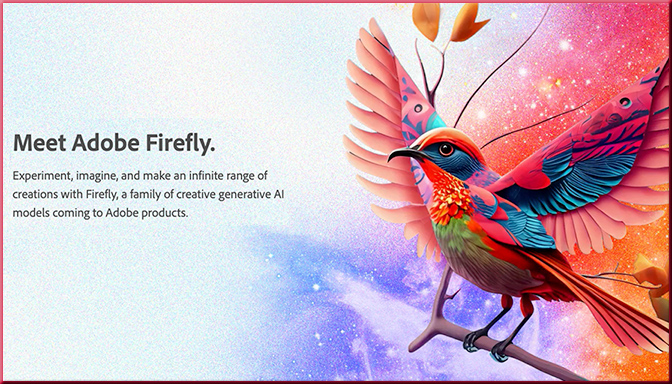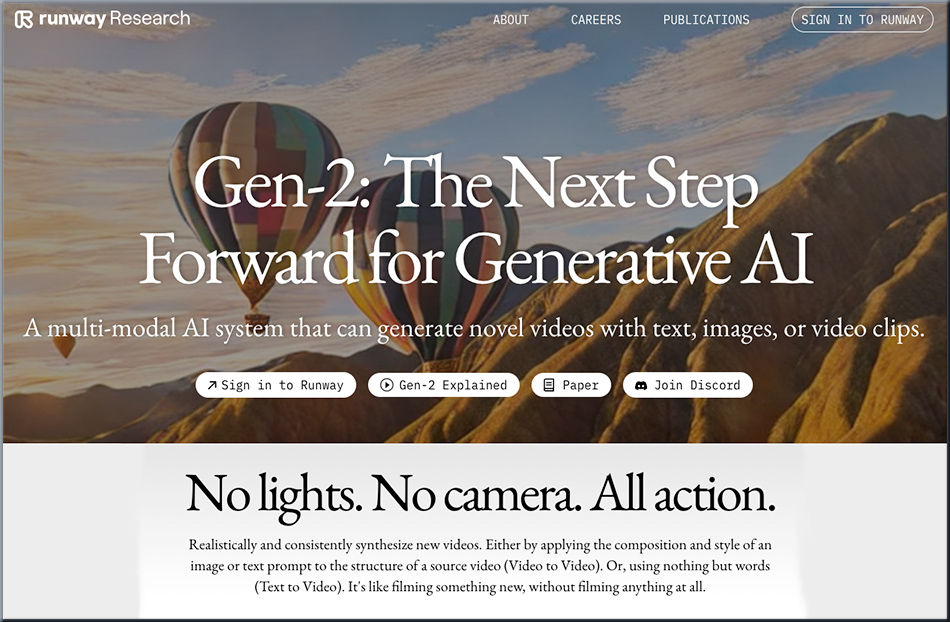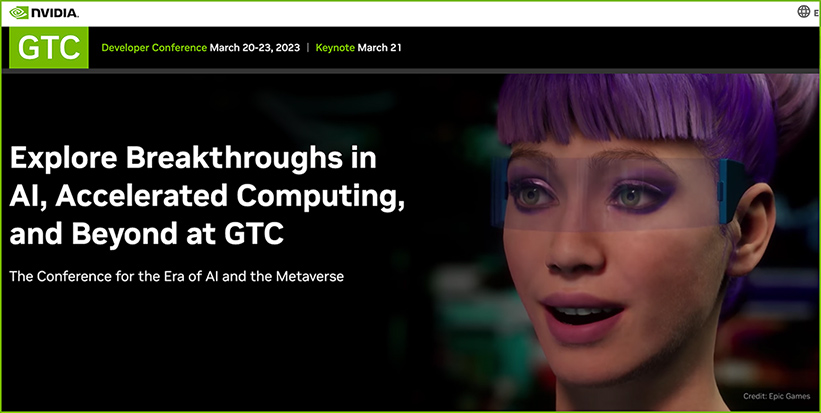Cubo Design Architects celebrates traditional Japanese craft in Tokyo home — from dezeen.com by Jon Astbury
Three-Dimensional Narratives Spring from Antique Books in Emma Taylor’s Meticulous Paper Sculptures — from thisiscolossal.com by Kate Mothes
Also see:
Barry Underwood Illuminates Human Presence in the Landscape in Geometric Light Sculptures — from thisiscolossal.com by Kate Mothes

Cleveland Cavaliers Turn Their Arena Into An AR Arcade — from vrscout.com by Kyle Melnick
.
How Audi Used AR Tech To Build Its New Concept Car — from vrscout.com by Kyle Melnick

.
Celebrate Earth Day With An Out-Of-This-World VR Film — from vrscout.com by Kyle Melnick
A museum without screens: The Media Museum of Sound and Vision in Hilversum — from inavateonthenet.net
Excerpt:
Re-opened to the public last month after five years of planning and two-and-a-half years of renovations, The Media Museum of Sound and Vision in Hilversum in the Netherlands, is an immersive experience exploring modern media. It’s become a museum that continuously adapts to the actions of its visitors in order to reflect the ever-changing face of media culture.
How we consume media is revealed in five zones in the building: Share, Inform, Sell, Tell and Play. The Media Museum includes more than 50 interactives, with hundreds of hours of AV material and objects from history. The experience uses facial recognition and the user’s own smartphone to make it a personalised museum journey for everyone.
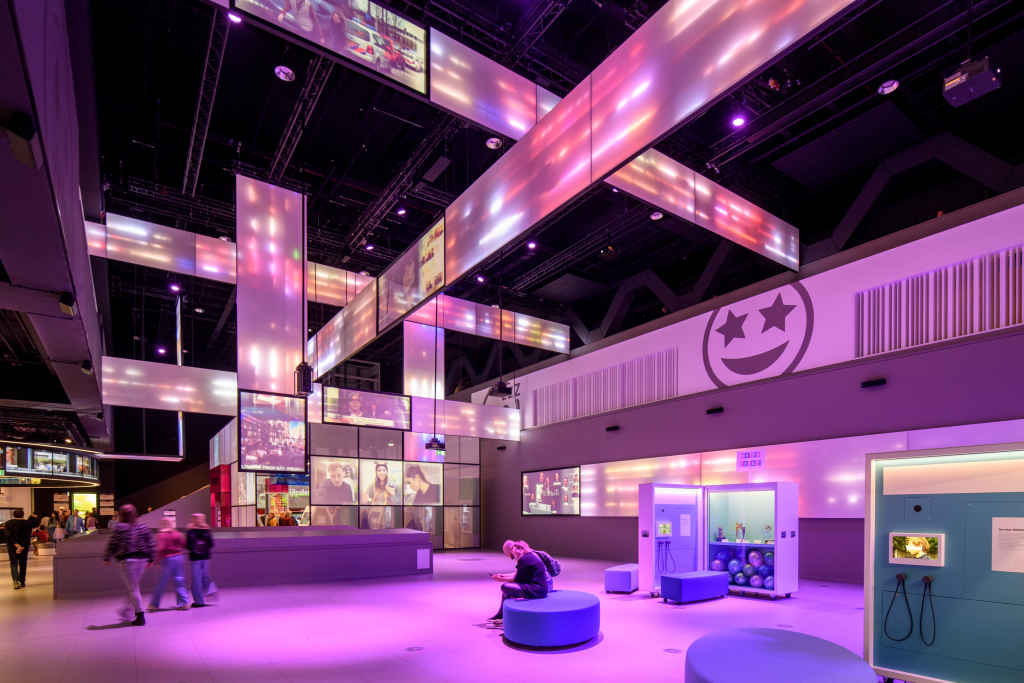
Photo from Mike Bink
From DSC:
Wow! There is some serious AV work and creativity in the Media Museum of Sound and Vision!
Artist Spotlight: Minyoung Choi — from booooooom.com

















